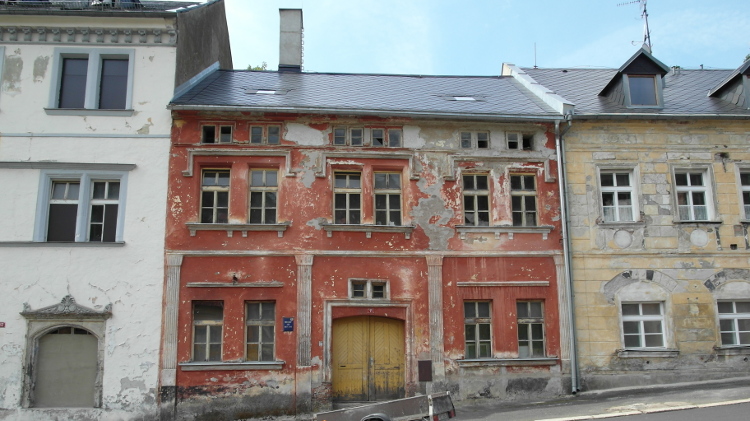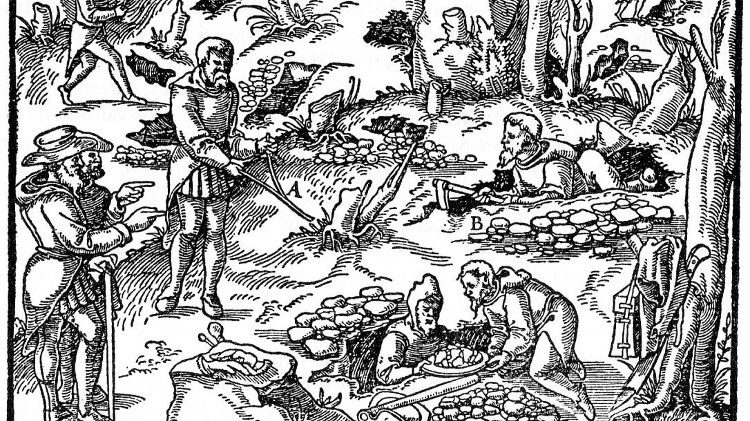Spanish conquistador Gonzalo Jiménez de Quesada is mainly remembered for his descent into ruin but is responsible for founding Bogotá and discovering the purest emeralds in the world. Courtesy of Wikimedia Commons
In the mid-16th century, Spanish conquistador Gonzalo Jiménez de Quesada headed an expedition deep into the harsh jungles of present-day Colombia in search of the legendary kingdom of El Dorado. Although he ultimately failed to find the city of gold, Quesada’s costly quest in the region established what would become the city of Bogotá and, more importantly to the avaricious Spanish, discovered the riches of the Colombian emerald mines.
Conquistadors first saw emeralds in the ornaments of the Aztecs, Maya and Incas. Inquiries traced their source to Colombia, in the mountains northeast of Bogotá. Quesada, then the chief magistrate of the colony of Santa Marta on the north coast of present-day Colombia, heard the rumours about the source of the emeralds and dispatched Captain Pedro Fernández de Valenzuela to lead an expedition in 1537 to find it. De Valenzuela came across the Chibcha Indians who were excavating and producing emeralds on a steep ridge in the Eastern Cordillera.
Expeditions in the 1500s usually included a monk who kept a journal of the expedition’s route and daily activities. The monk in de Valenzuela’s party noted that the emeralds were found on a high ridge overlooking the River Rucio, at the only place where the plains, or “Los Llanos,” were visible through a V-notch in the mountain range to the east.
The native populations around the mine erupted into war in the 1530s, and Quesada pounced on the opportunity to found Bogotá in 1538, wasting no time in taking over the nearby mining operation. Quesada’s men forced an estimated 1,200 natives to work what they called the Chivor mine for their benefit, ignoring the official Spanish policy of Christianizing the natives, which would have prohibited their enslavement. Some were confined inside exploration tunnels and could only earn their release by producing emeralds.
Unbeknownst to him at the time, Quesada had taken possession of one of the purest sources of emeralds in the world. The emeralds of this region are the only ones on earth hosted in sedimentary rather than igneous rock, which allowed a naturally occurring saline solution to wash away any impurities during the crystallization process. Quesada’s brutal mining practices decimated the local labour supply but produced the beautiful deep green emeralds adored by monarchs in India, Turkey, and Persia.
Related: Despite the frustrated peace agreement in Colombia, Canadian miners see progress
By the following year, his governorship was challenged by the expeditions of Sebastian Belalcazar from Peru and Nicolás Federman from Venezuela. All three journeyed to Spain for the king to officially name a governor, but he did not pick any of them. Quesada, devastated by the result, eventually returned to Colombia and led one last, disastrous expedition in search of gold. After what was considered to be the most expensive and catastrophic Spanish expedition at the time, Quesada retired to his Colombian home, ruined and sick with leprosy. He died in 1579.
By this time, the Chivor mine had lost its shine. The site was remote, the Spanish knew nothing of the region’s geology and the emeralds were hard to locate. The abuse of the enslaved natives reached a boiling point by 1593, and the Spanish colonial government issued a decree to protect the native population, which was eventually followed by a Royal Order from Spain for the indigenous peoples’ full freedom. Neither of these orders was respected by the mine operators. In 1602 King Felipe II of Spain called for another enforcement of the orders and still, the brutality continued. Finally, to put an end to the cruel treatment of the aboriginals, at the insistence of Pope Clement X, Carlos II ordered the mine closed. It was abandoned in 1675 and left to be overgrown and shrouded in mountain mist.
Centuries later, in the late 1800s after Colombian independence, a mining engineer named Don Francisco Restrepo found the account of the de Valenzuela’s expedition of 1537 in the documents left behind by the Spaniards while going through the Colombian Historical Archives.
Inspired by the monk’s record, Don Francisco organized an expedition in 1896 to find the lost mine. After weeks of hacking through the bush on steep mountain sides he found a ridge where he could see the plains through a V-shaped notch in the mountain range to the east, just as the monk had described. Almost at once he uncovered old mine terraces and the remains of aqueducts. After more than 200 years hidden away, the mine was re-started.
Throughout the 20th century, the mine passed through a number of hands including a German owner, several American investors and the Canadian company Chivor Emerald. In 1920 the largest raw emerald in history, “The Patricia” – named after the daughter of the mine operator at the time – was found. It weighed 632 carats (126.4 grams) and sold for $60,000.
Quesada’s legacy does not do him justice. Although he is mainly remembered for his descent into ruin, he was an effective colonist for better or for worse – founding and governing Bogotá, designing the first legislation of the area, and acting as its first historian. He may have failed to find El Dorado, but he was responsible for the discovery of the purest emeralds in the world.




